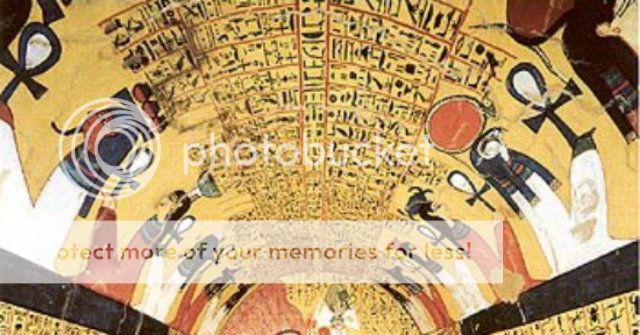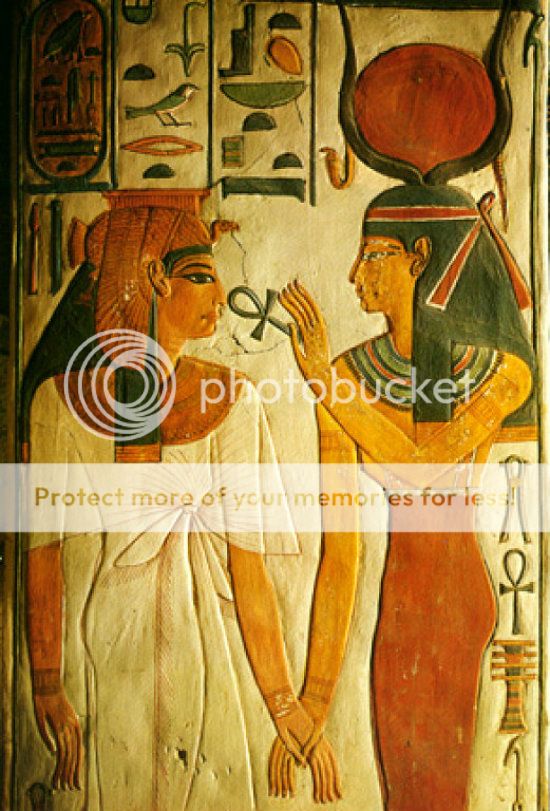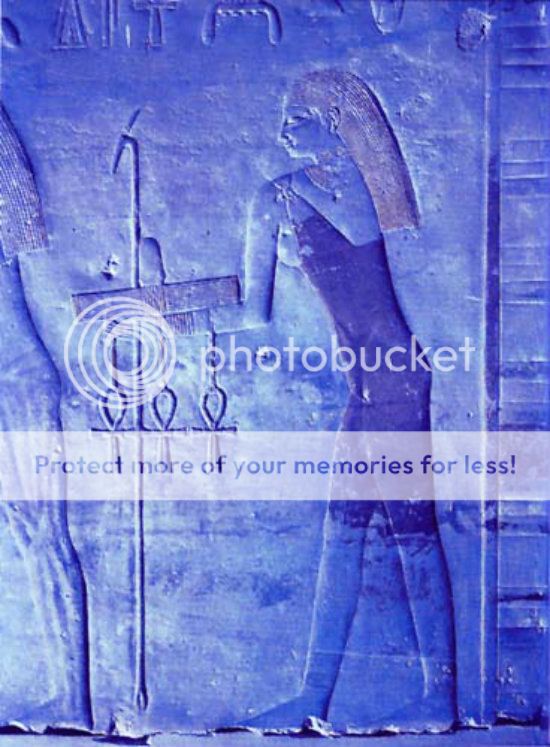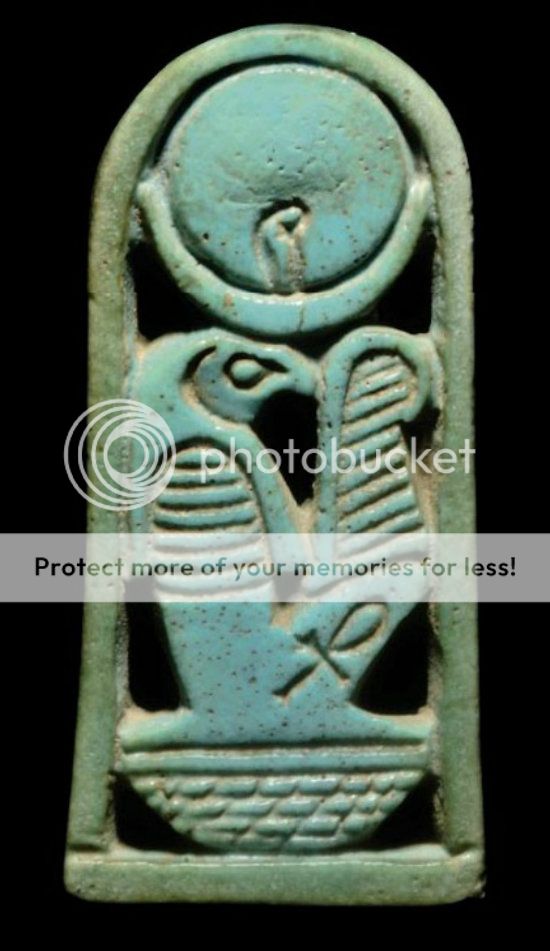-
Sylvhia.
User deleted
THE ANKH

The ankh (☥), also known as key of life is an ancient Egyptian sacred symbol that essentially symbolizes life. The gods are often depicted with an ankh in their hands, or brought to their elbows, or on their chests. Ankh hieroglyph means "life", but it also has other meanings , depending on the context in which it is inserted, although always with mystical and religious character.
The original meaning of this symbol in Egyptian culture remains a mystery to Egyptologists, and many are in fact contrary to the theories that suggest the origins dell'ankh. Many have speculated this is:
a stylized representation of the womb;
the crux of the snare of the ancient Egyptian sandals. Among the proponents of this theory , Alan Gardiner speculated that the origin of ankh is to be attached to the snare of the ancient Egyptian footwear. This interpretation (the circular part around the ankle, the noose is connected to the upper horizontal and the vertical part is connected with the tip of the shoe) can be interpreted in a mystical sense, bearing in mind that the Egyptian wisdom saw life as a path full which alternate negativity and positivity , that every man travels to reach his goal, his realization, understood from the spiritual point of view: it connects to the concept of Go, led by the pantheon deities as symbol of eternal energy,and it connects the ritual circumambulation of the Egyptian Magic Circle;
a stylization of the human genitals in the act of union. Among the proponents of this theory note that Howard Carter says that the ankh origin is to be linked to the symbolic mystical union of the two principles, the masculine and the feminine principle. The two sides of ankh, tau below and above the bend, in fact, correspond to the symbols of two of the most important deities of the Egyptian religion, Isis and Osiris. The loop is the symbol of Isis, probably a stylization of the uterus, and the tau, which is a cross without the extension of the upper arm vertical, it is instead the symbol of Osiris, connect to the male sex;
a symbolic representation of the sunrise, with the circle symbolizing the sun that has just risen from the horizon represented by the horizontal line. The vertical section below the horizontal line symbolize the path of the Sun;
a representation of Egypt: the upper part would be the Nile Delta and the vertical section below the Nile itself, while the two horizontal arms would be the Libyan desert to the west, and the Arabian desert to the east.
As a symbol of the union of the two cosmic principles also stands for the mystical union between heaven and earth, or the contact between the divine world and the human world, as well as the union of the two principles intended as generating existence. The name key of life, as well as a reminder of the shape of the symbol, denotes also the eschatological meaning of the symbol: the ankh is indeed eternal life, through which man is able to overcome death, leading to the rebirth.
As a symbol of life and immortality, its meaning is extended to the symbol of the universe, since the universe is pure life, pure existence and eternal alternation of cycles regulators, as well as constantly generated by the alternation of principles and their eternal opposition.
The ankh appears frequently in ancient Egypt works of art. In the divine representations appears as a feature of the same deity, to indicate the nature of the afterlife and eternal existence of them. As life is its main significance, its coupled to the gods indicates the nature of cosmic forces, generating universe and therefore life. The ankh was used in particular as an amulet, capable of instilling health, wealth and luck. The ankh was often a key element in the sepolture of a death person that, mummified or not, had an ankh buried with his body. Another frequent use of ankh was the mirror function, in which the reflective glass was placed in the bend.
AN EGYPTIAN TURQUOISE GLAZED COMPOSITION OPENWORK PLAQUE LATE PERIOD, CIRCA 664-332 B.C. With the falcon-headed god Khonsu wearing full and crescent moon headdress and uraeus, holding Maat-feather and ankh-cross, seated on a nb-basket, suspension loop on back.
http://it.wikipedia.org/wiki/Ankh*Attention please* - - "This translation (and / or content) is made by Sylvhia exclusively for "I Nove Mondi Forum". In case of partial or full release is mandatory to link to the original source and the required credits".
Edited by Sylvhia - 28/6/2014, 15:22.
The Ankh14 Marzo 2014 |


